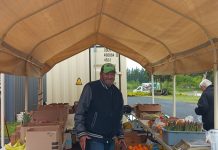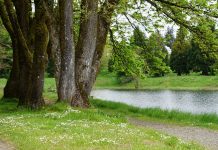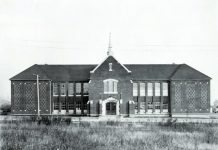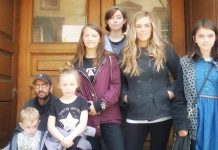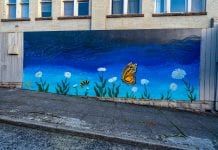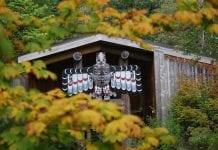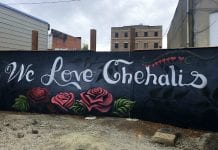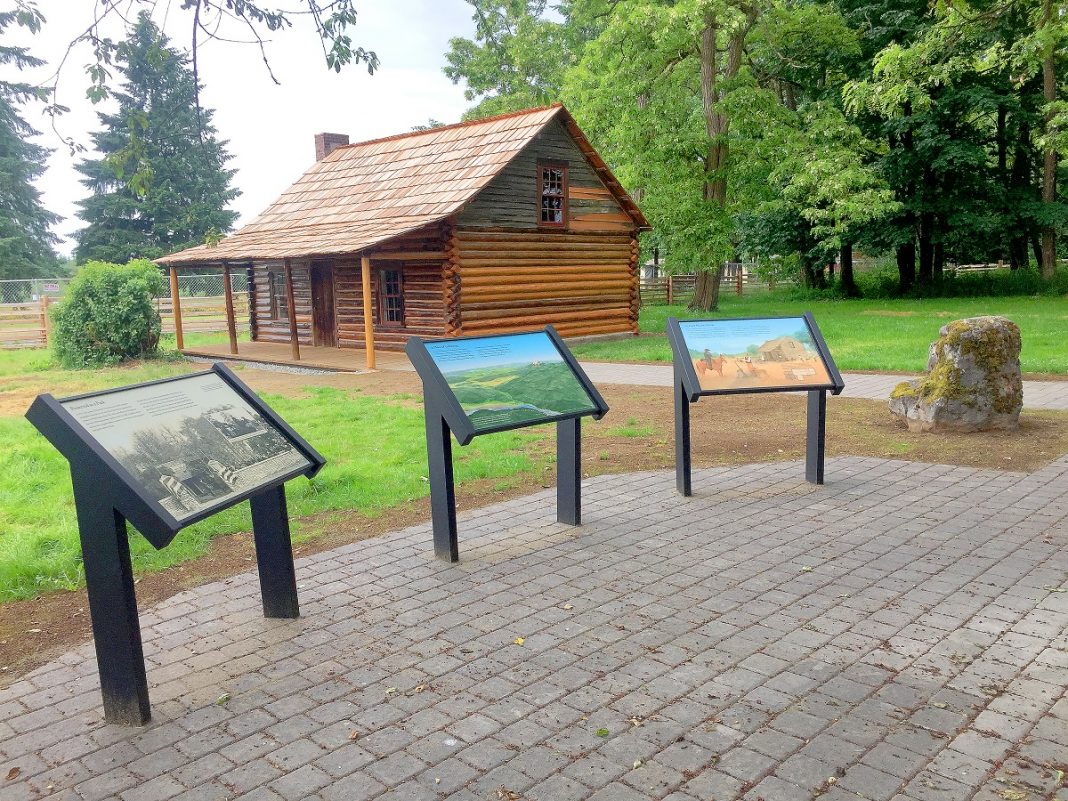Living just down the street from the Jackson House State Park Heritage Site, I frequently pass it on my way to ride my horse at Lewis & Clark State Park. When I saw the fence go up that signaled they were doing repairs, the history geek in me got giddy. Though I didn’t know much about the history, I just love it when old buildings are preserved. Sitting at one of the park benches outside the site on a beautiful autumn day, I was given the history of the place and why the Washington State Parks and Recreation Commission knew it has to be restored. Nothing could have prepared me for the site’s rich history – our history.
 There is no way to tell the entire history of the Jackson House in an article. It would take a book – maybe several. Here’s the shorter version. Born in 1804 in Staindrop, England, John R. Jackson came out west along the Oregon Trail in 1844 from Missouri. He stopped in Oregon City, like most pioneers did, but then he headed north, crossing the Columbia River and continuing up.
There is no way to tell the entire history of the Jackson House in an article. It would take a book – maybe several. Here’s the shorter version. Born in 1804 in Staindrop, England, John R. Jackson came out west along the Oregon Trail in 1844 from Missouri. He stopped in Oregon City, like most pioneers did, but then he headed north, crossing the Columbia River and continuing up.
John Jackson settled on a large parcel of land on the Cowlitz Trail – the main route for anyone traveling north from Oregon City to what is now the Seattle area. He built a tiny cabin for himself as his first dwelling. In 1848 he met his future wife, Matilda Coontz (Koontz) – an Oregon Trail-made widow with four sons. With that many people suddenly added to his family, John built a larger cabin.
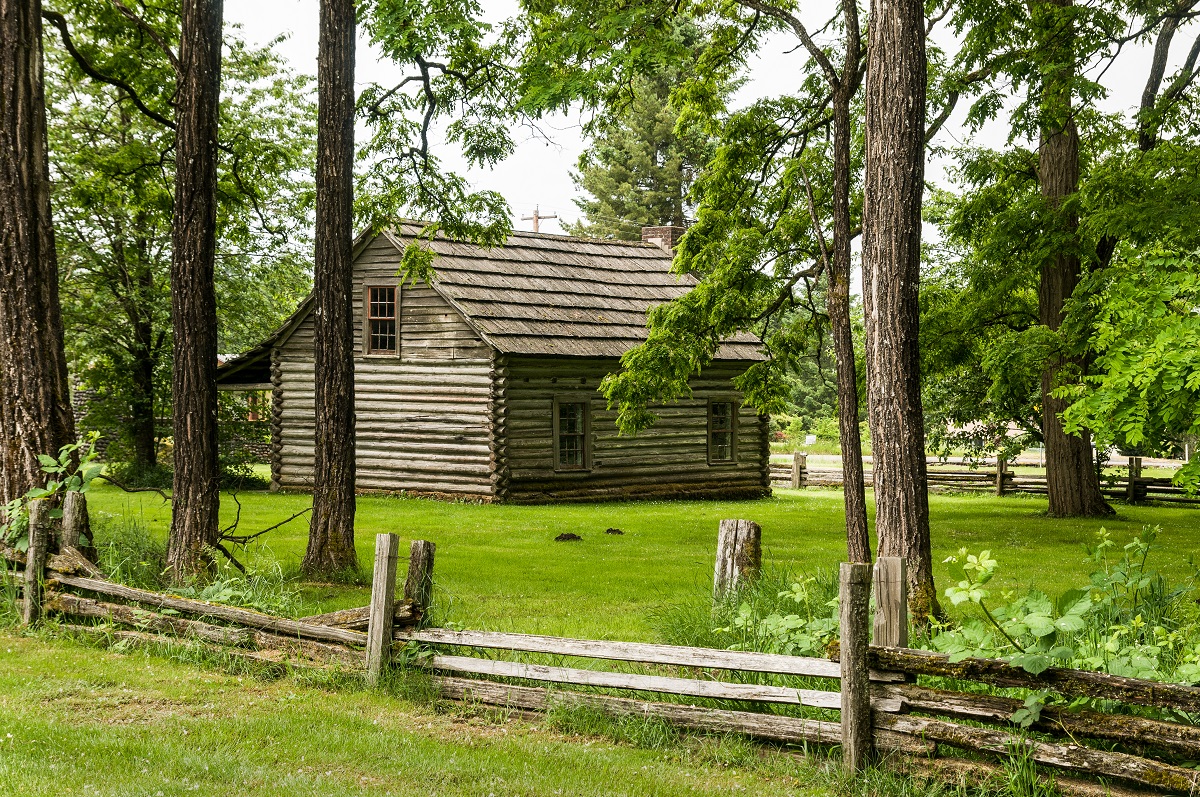
“What was so significant about the Jackson house was its location,” explains Sam Wotipka, exhibit development coordinator for the Interpretive Program at State Parks. “Anybody who was coming from present day Oregon was coming along the Cowlitz Trail and therefore went past the Jackson House.”
Due to their prime location – halfway on the Cowlitz trail – their 1850 cabin near present-day Chehalis became the first U.S. post office and district courthouse north of Oregon City. The house served as a civic and social hub (people most likely stopped there on their journey north, possible staying a few days even). Jackson himself served as sheriff, census-taker, probate judge and member of the first territorial legislature at different times throughout the years. In fact, he was a signatory on the Monticello Convention of 1852.
The Cabin Survived Thanks to Strong Women
While the original history I briefly described above is interesting, perhaps even more interesting is the later history of the first restoration of the Jackson House that happened in 1915. One of Matilda’s grandchildren, Anna Koontz, was a member of the St. Helens Club of Chehalis, a literary and cultural woman’s group. She took interest in restoring the abandoned 1850 cabin that was such a large part of the state’s history and purposed the restore it.
“It’s said that the gentleman from the historical society never came out, he just told them to put a monument up and leave it at that,’” says Pam Wilkins, Washington State Parks park manager shares. But Anna did not do that. Instead, during a time when women’s civil rights were just stirring, she and her club took it upon themselves to raise the $500 to restore the cabin. They hired locals to do the work.
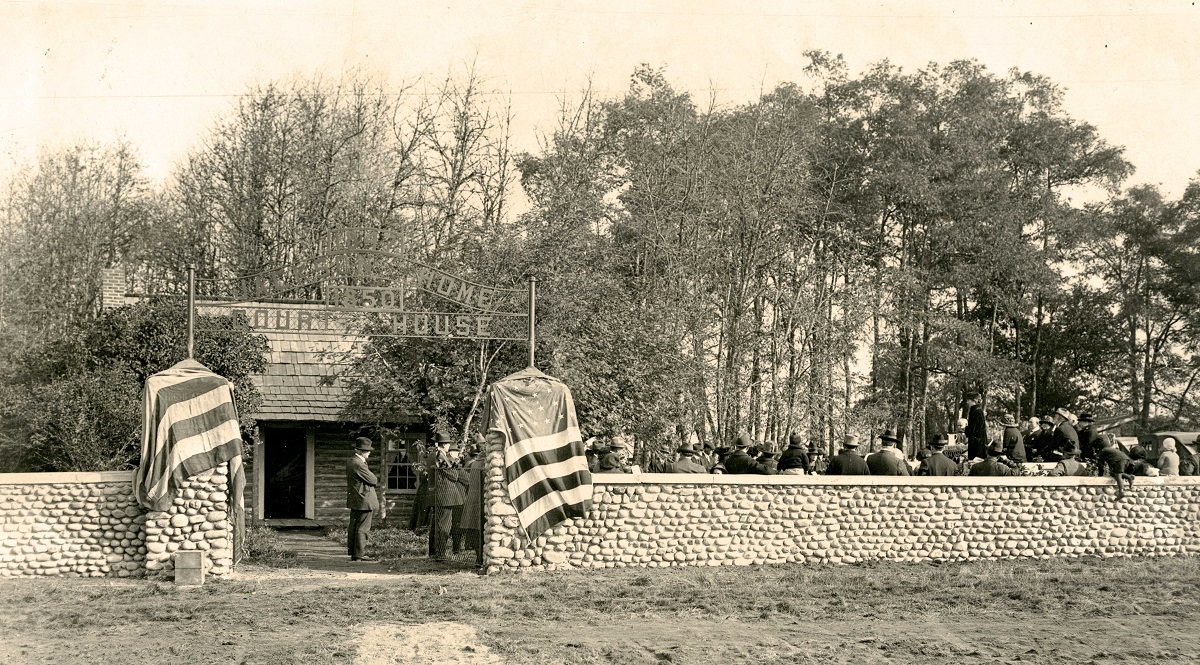
“We believe this was the first historical preservation project in Washington State,” Sam says. The cabin was in such a state of decay, they basically rebuilt it using as much of the original materials as possible.
Washington State Parks was established in 1913 and the Jackson House site became the second state park after the restoration was completed on November 22, 1915.
Carefully Restored Once Again
Washington State Parks manages 800 historic structures, more than any other state agency in Washington. Every single one of their projects had an in-depth Historic Structure Report (the one for the Jackson House is 136 pages long) to make sure that the restoration is done correctly and that they are preserving all they can of the past.
“All of our historic buildings have extensive research,” Pam says. “We like to tell the story and preserve the history with in the story.”

The cabin, which is on the National Register of Historic Places, got another makeover this year to mitigate rot and add accessible pathways to the front porch, while adhering to historic preservation standards. “One myth we try to dispel is this is not really John and Matilda’s cabin from 1850,” Sam explains. “It certainly looks like, but it’s really the 1915 reconstruction that we are preserving.”
Small details were kept as accurate as possible, such as matching the color of brown on the window frames, the green of the metal gate and sign and recreation of the split rail fence from photographs and historic documents.
Celebrating the Restoration
If this story isn’t enough to make your inner history buff squeal with delight, come and experience it for yourself. The beauty of the area and the sense of history as you stand looking at the cabin will definitely give you feelings. “It’s amazing how protective people are of it,” says Pam. “Those that live nearby call us if anyone is ever doing something they shouldn’t be on the property. It’s wonderful.”
Washington State Parks invites you to participate in the dedication of the restored Jackson House State Park Heritage Site on Friday, October 6, 2017, at 2:00 p.m., with former Washington Secretary of State Ralph Munro as the keynote speaker.
The Jackson House is open by scheduled appointment through the Washington State Parks.





